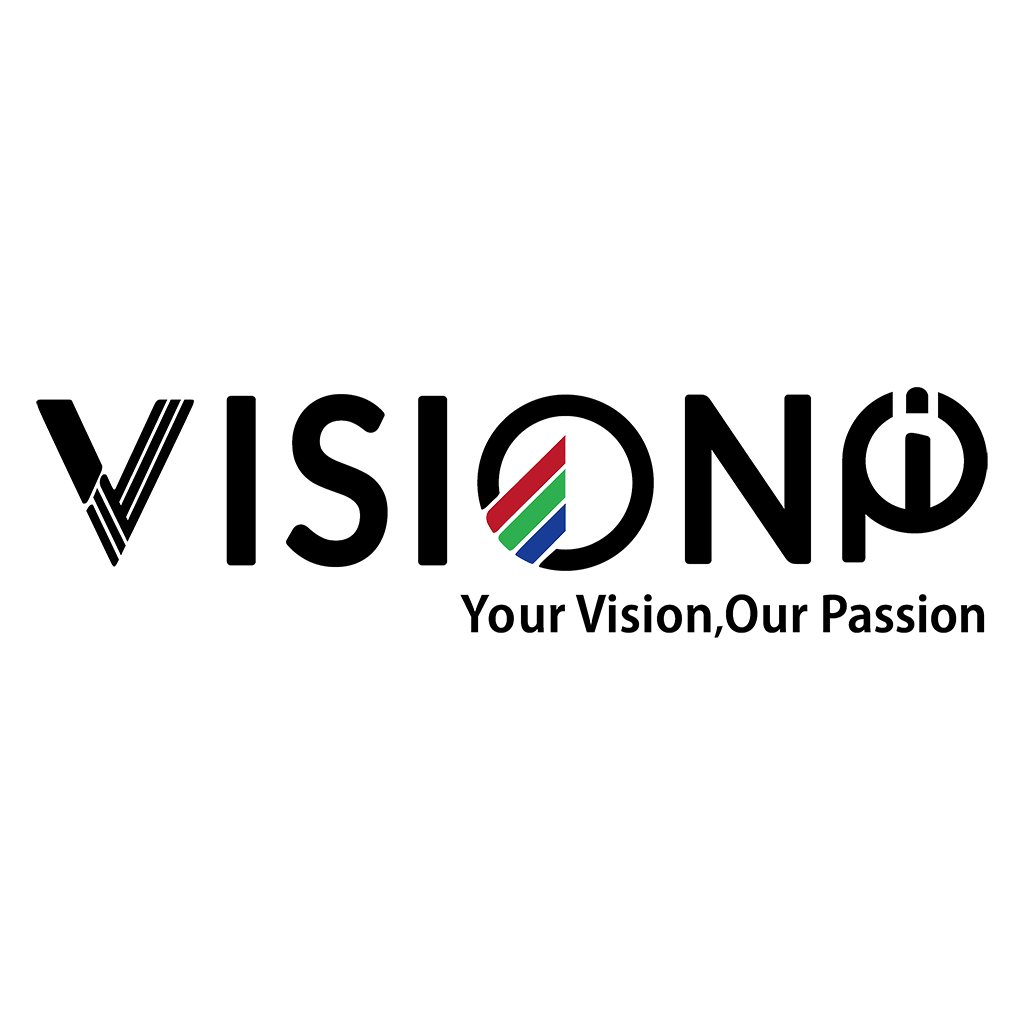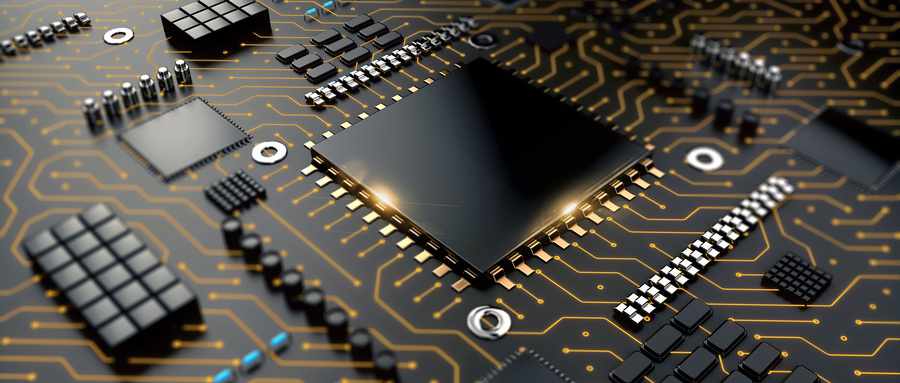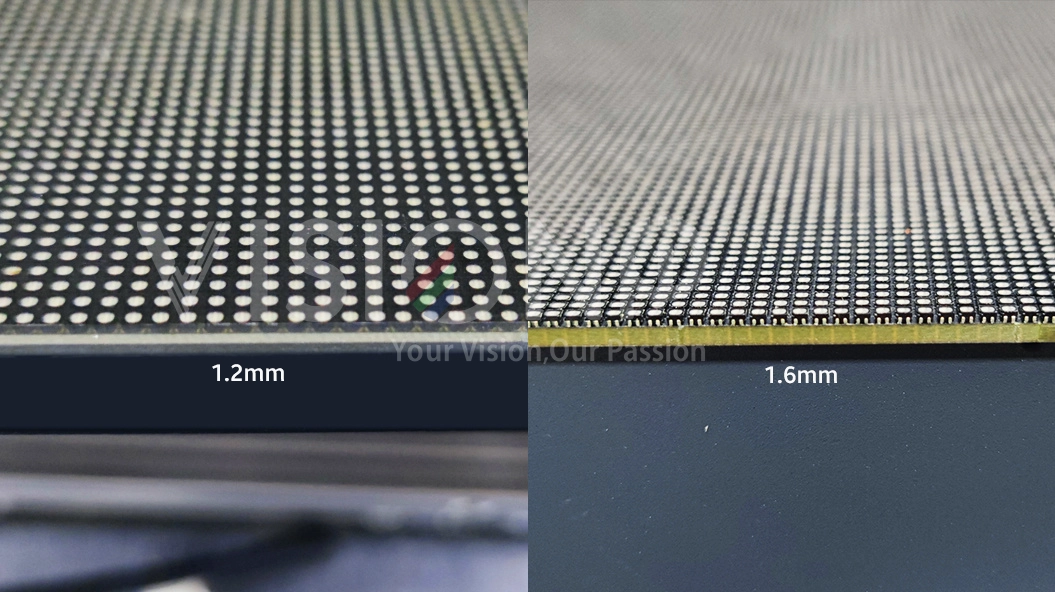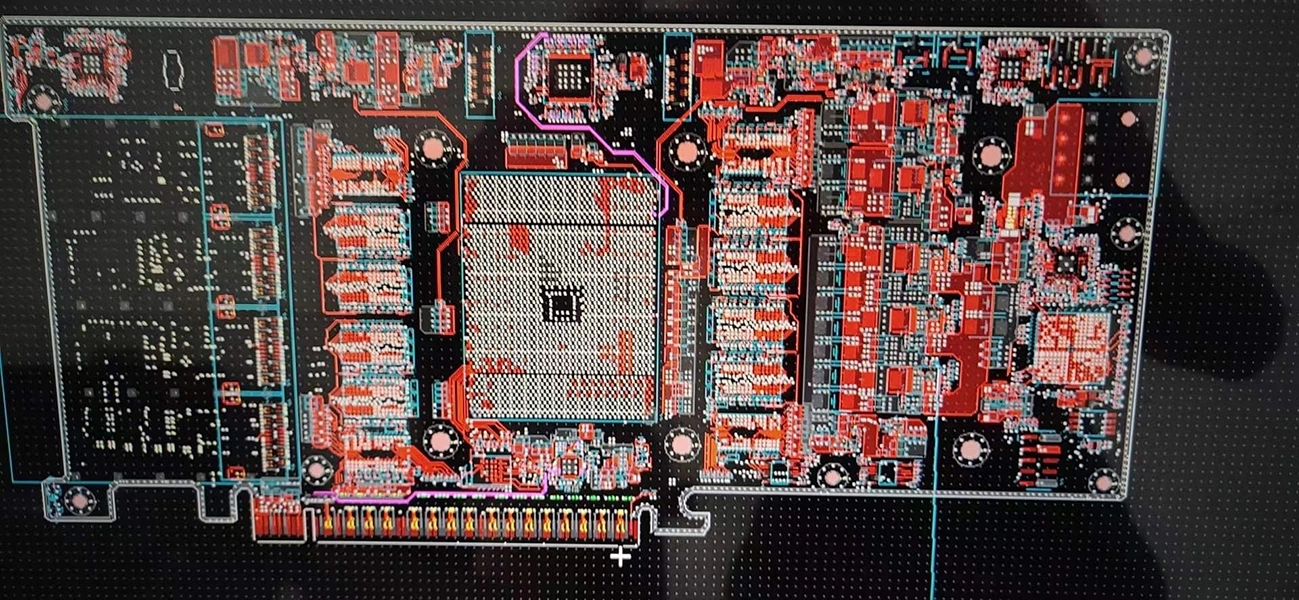VMS Traffic LED Display

Smart Traffic Solutions: Why Modern Cities Need Advanced LED Displays
In today’s fast-paced world, efficient traffic management is no longer optional—it’s a necessity. From bustling highways to urban intersections, dynamic LED traffic signs have become the backbone of intelligent transportation systems (ITS). At Visionpi, we specialize in designing durable, high-brightness LED displays that meet the evolving demands of modern infrastructure.
As a trusted traffic LED display manufacturer, we empower cities and transportation authorities to improve road safety, reduce congestion, and deliver real-time information to drivers. Let’s explore how our innovative solutions are redefining traffic management.
Our solutions are trusted in:
Highways: Variable speed limit signs (VSLS) adapt to traffic density, weather, or accidents.
Urban Areas: LED variable message signs (VMS) guide drivers through construction zones or events.
Tunnels & Bridges: High-contrast displays improve safety in low-light conditions.
Smart Cities: Integrate with IoT systems for adaptive traffic control.
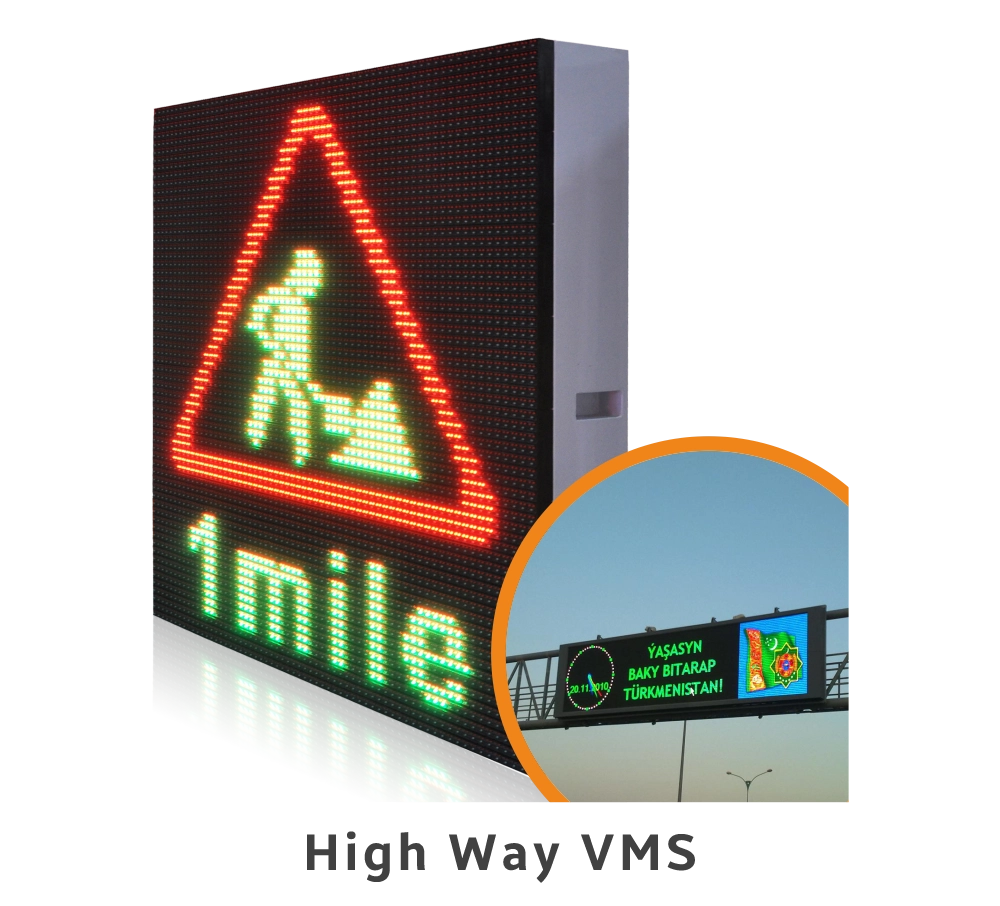
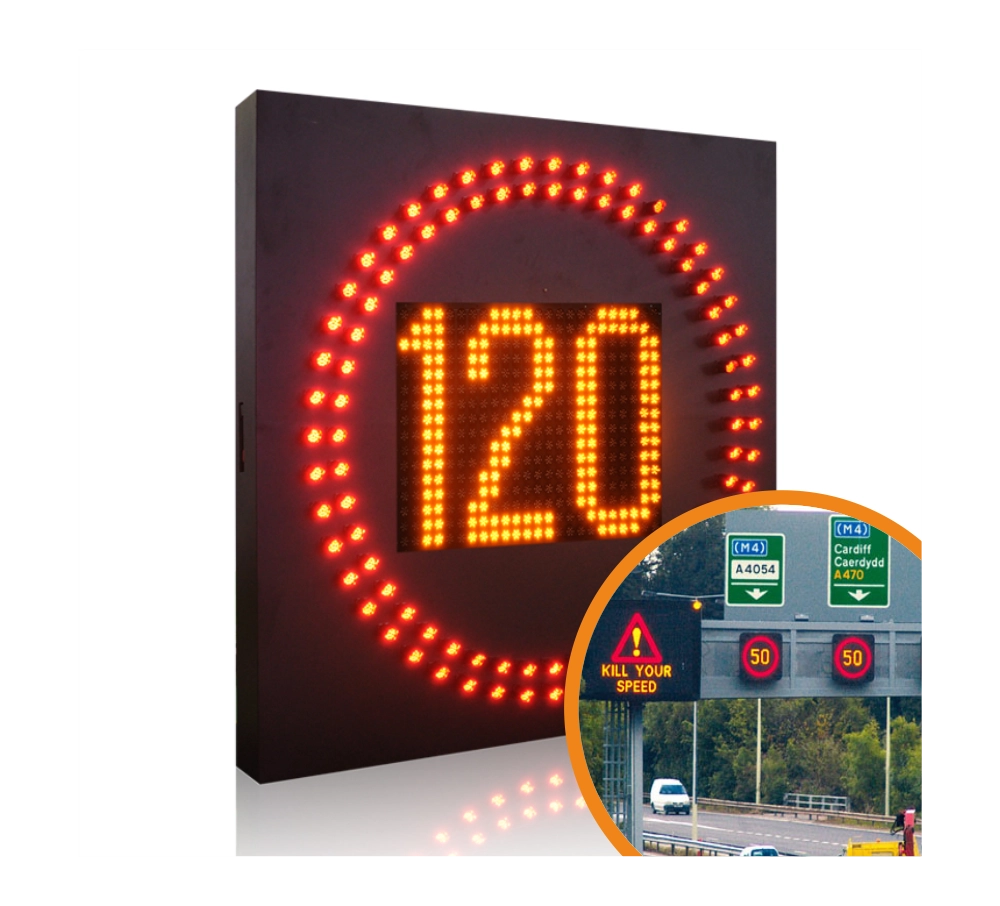
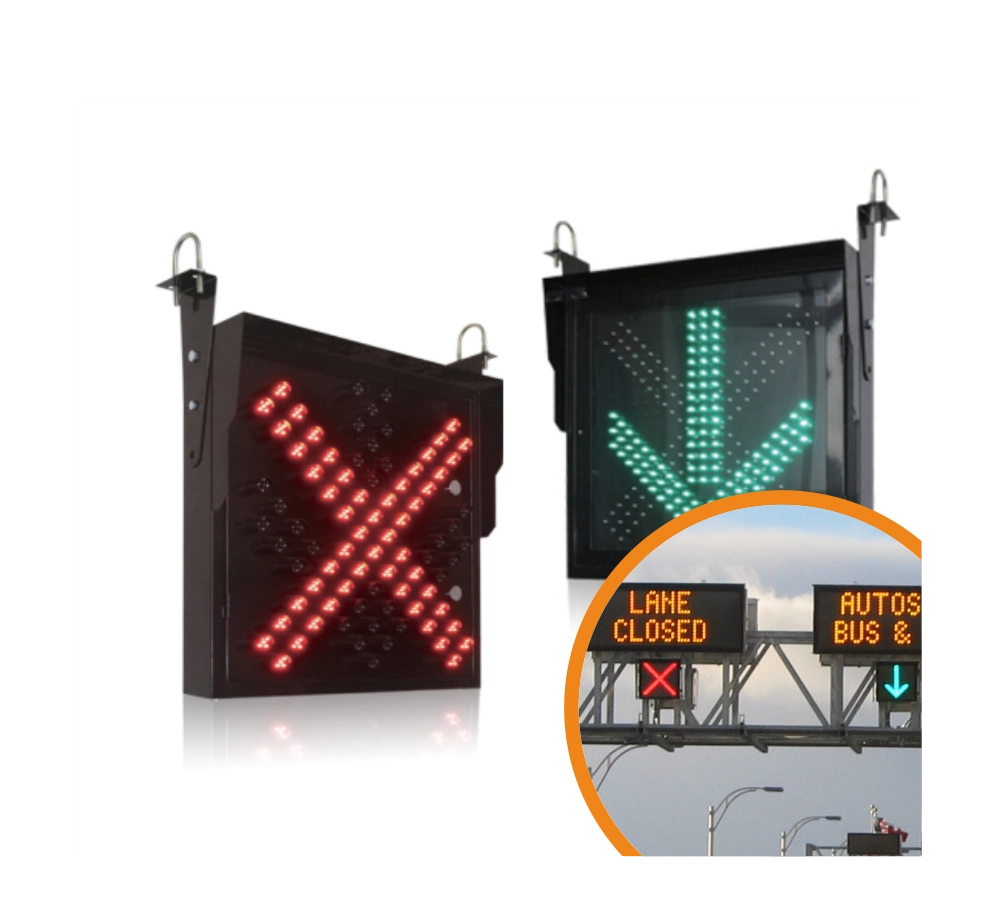
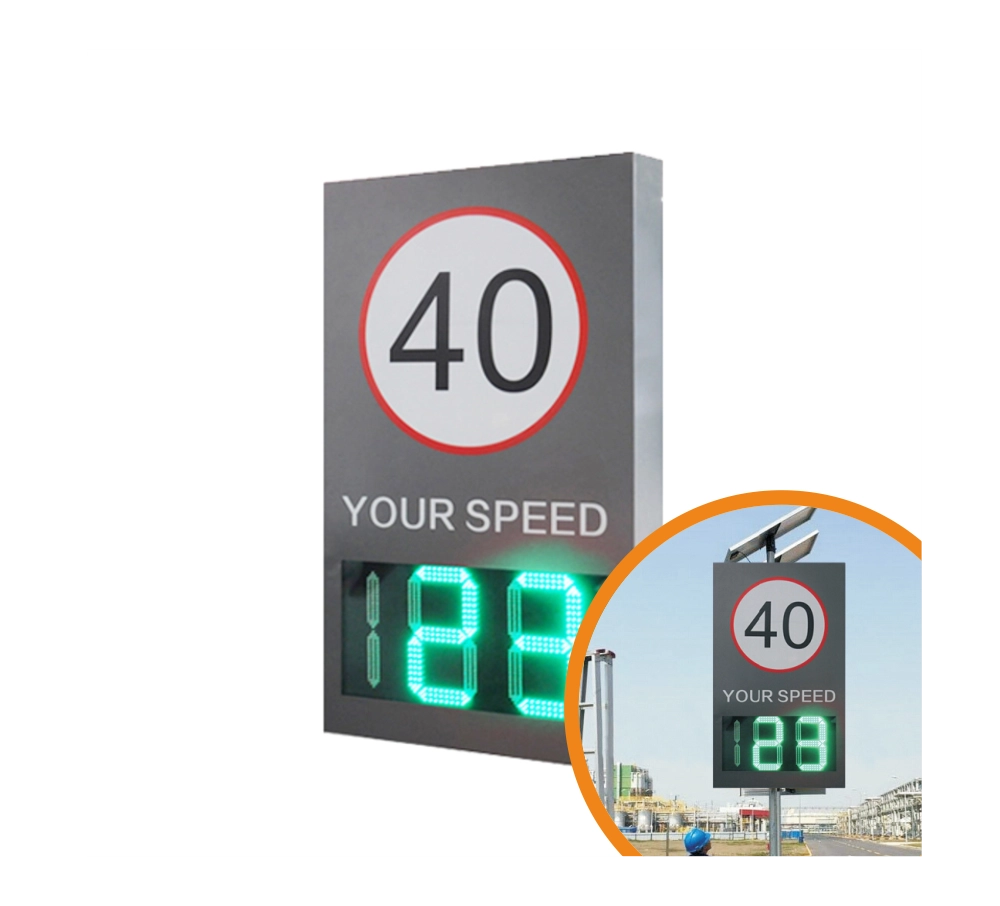
Revolutionizing Road Safety and Information Flow: The Advanced VMS LED Signs
In the ever-evolving world of digital communication, Variable Message Signs (VMS) have become a cornerstone in managing traffic and conveying important information to the public. Today, I’m excited to share insights into the latest advancements in VMS technology, particularly focusing on the state-of-the-art VMS LED signs that are setting new standards in the industry.
1.Unmatched Visibility & Reliability
10,000 cd/m² Brightness: Ensure crisp readability in direct sunlight or heavy rain.
10,000+ Hours MTTF: Engineered for 24/7 operation with minimal downtime.
Wide Viewing Angles: Optimized for 70°–120° visibility to serve all lanes effectively.
Real-Time Updates: Sync with traffic monitoring systems to display speed limits, alerts, and detours instantly.
Customizable Configurations: Choose from pixel pitches (P16, P20, P31.25, etc.), sizes, and modules to fit any application.
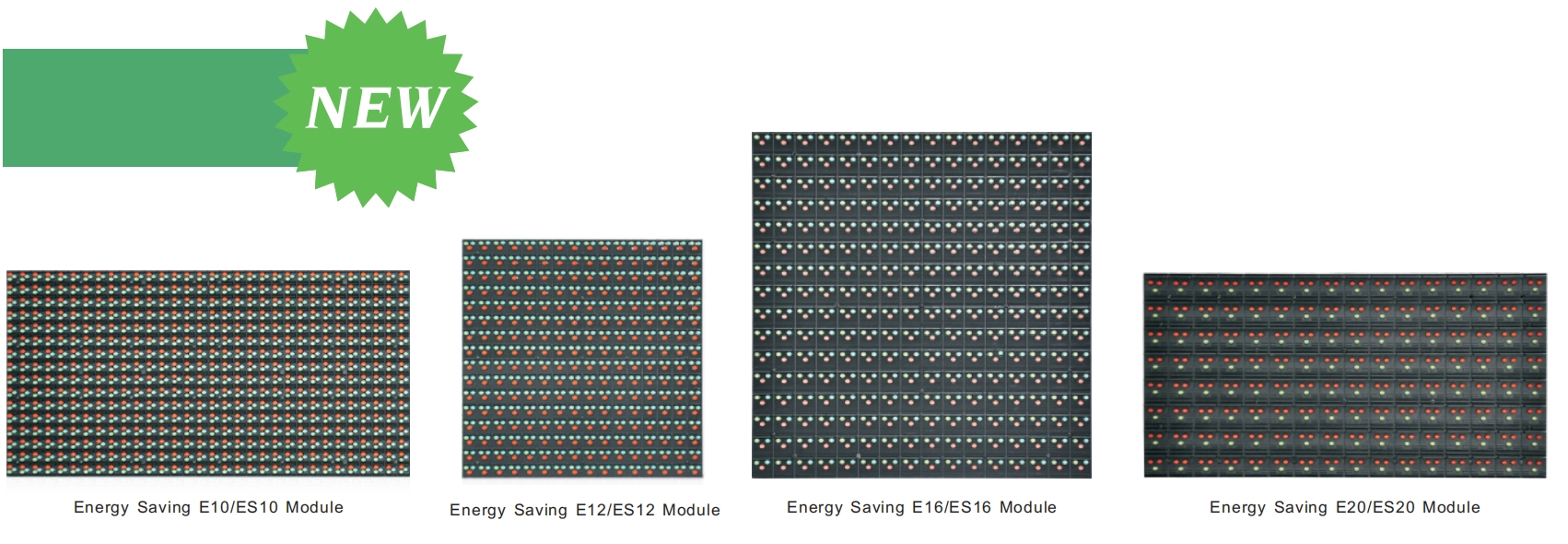
IP67 Certification: Resistant to dust, water, and extreme temperatures (-30°C to 60°C).
Cold-Rolled Steel/Aluminum Cabinets: Built to withstand harsh outdoor environments.
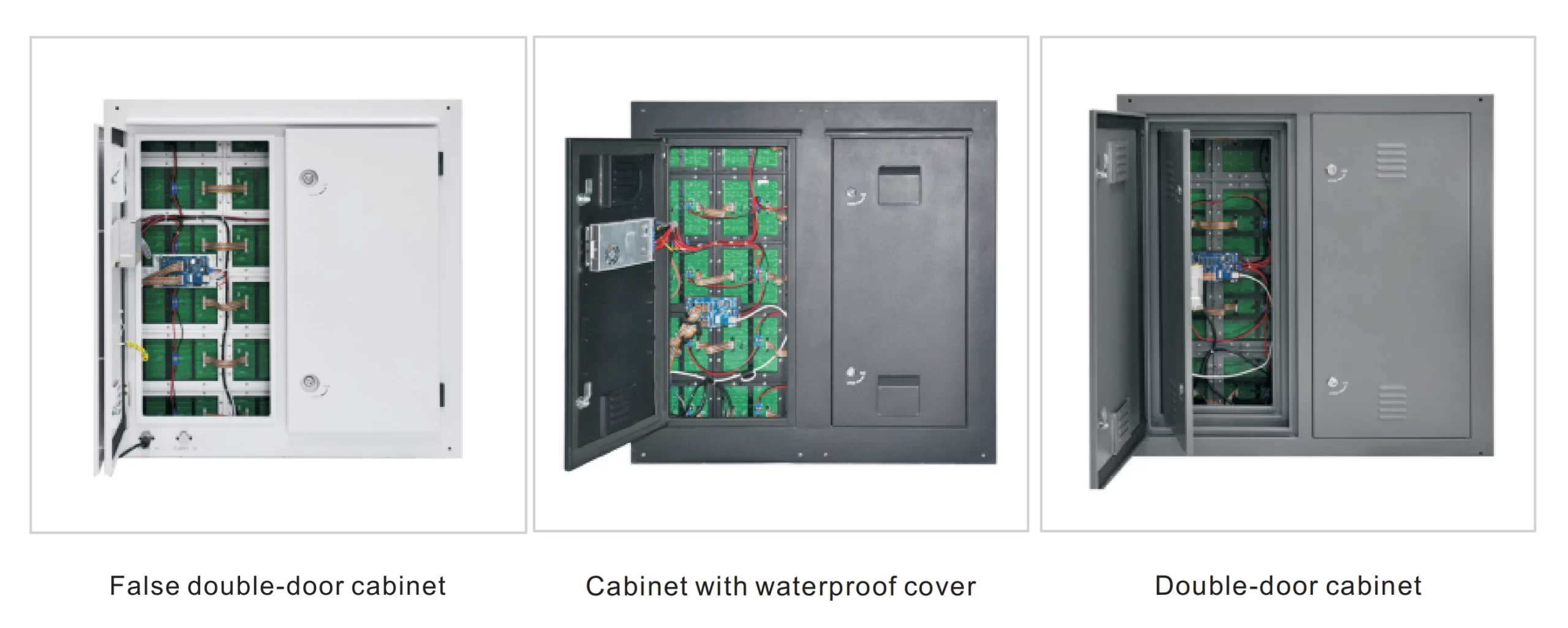
4.Energy Efficiency
Energy-Saving Modes: Reduce power consumption by up to 40% with intelligent brightness adjustment.
Solar-Ready Options: Ideal for remote installations without grid access.
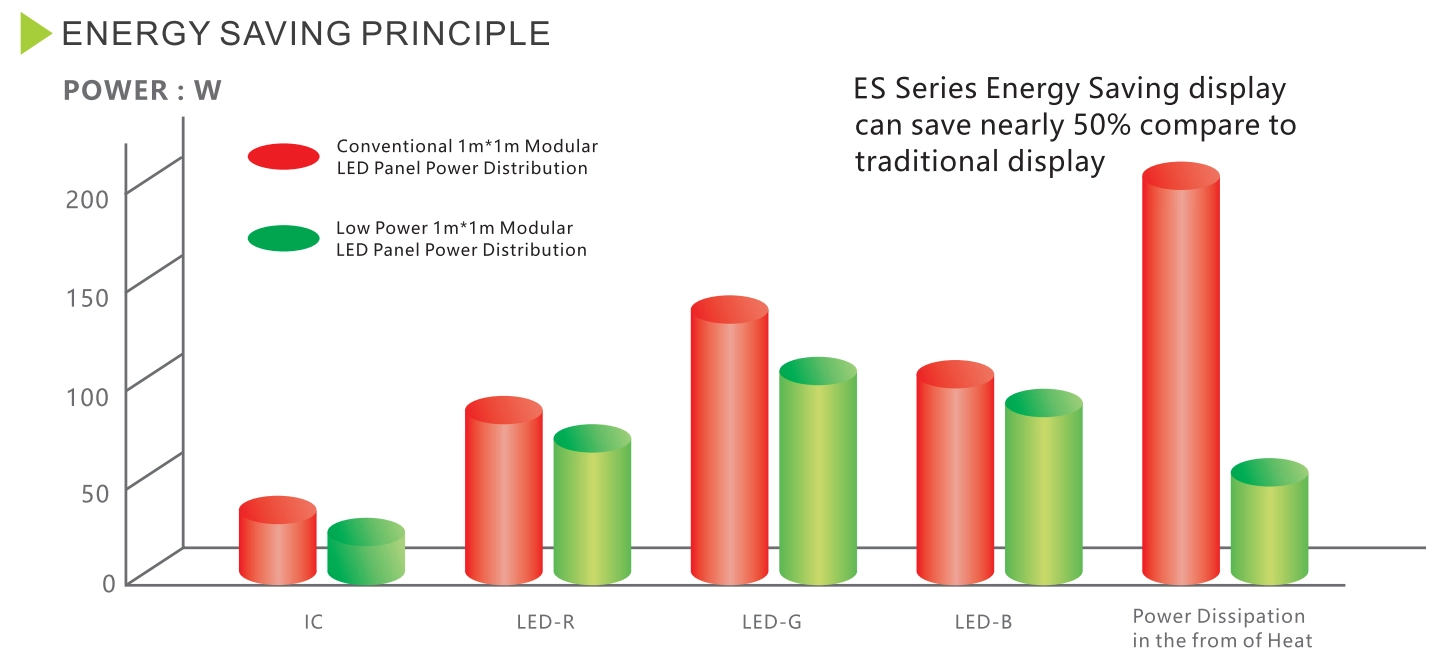



A New Era for Traffic Management and Communication
The advanced features of our VMS LED signs not only enhance road safety but also ensure that traffic information is communicated effectively and reliably. With these enhancements, our VMS signs are ideally suited for a variety of applications, from highways and city roads to events and construction sites. As we continue to innovate, our goal remains clear: to provide sophisticated, reliable, and easy-to-maintain solutions for dynamic traffic management and public communication needs.
In conclusion, the next-generation VMS LED signs are more than just traffic tools; they are integral components of modern infrastructure, designed to meet the high demands of today’s fast-paced world. With their robust construction, versatile functionality, and advanced technological features, these signs are set to transform how we manage traffic and convey information, making roads safer and information flow more efficient.
